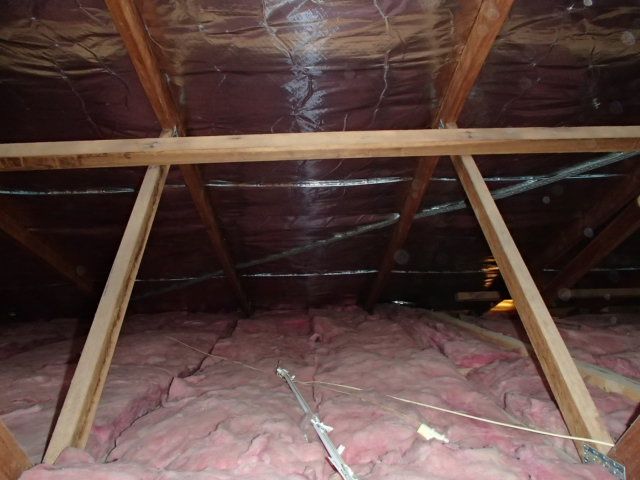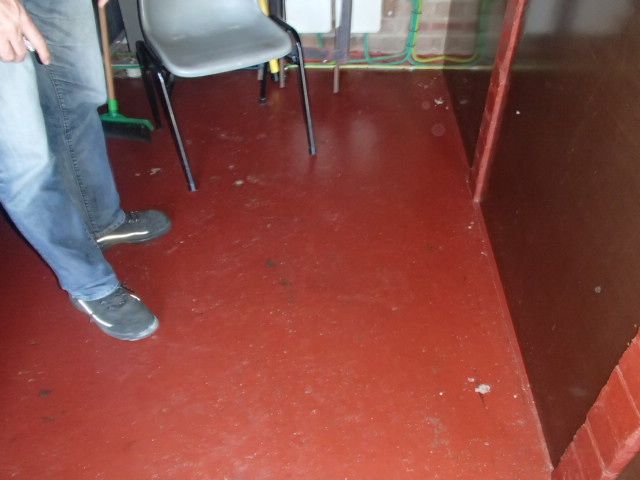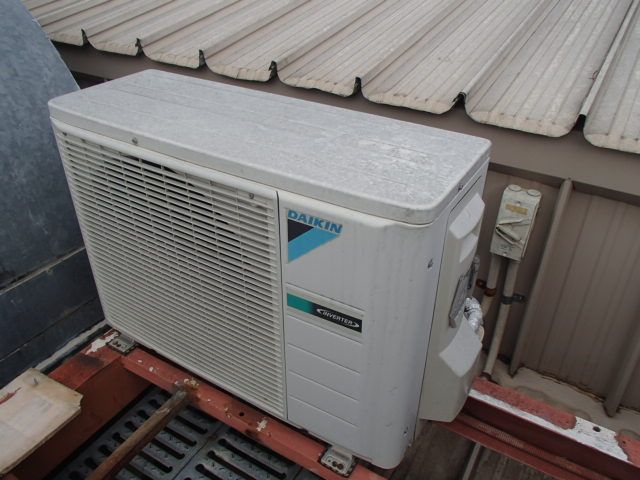A few of the many commonly found hazardous materials that can be identified at residential and commercial properties include synthetic mineral fibres (SMF), lead, ozone depleting substances (ODS) and polychlorinated biphenyls (PCB). Now this is not an exhaustive list of hazardous materials, rather just a representative few.
Health Effects of Lead Exposure
Lead is a substance that has been used in our society for thousands of years. Recently however, the hazards of exposure to this material has become apparent and so lead is now used far less than before.
Lead poisoning affects the central and peripheral nervous systems, kidneys and blood. It is a substance that is able to accumulate faster than the body is able to expel – and mainly accumulates in the bones.
Lead exposure has also been recently linked to intellectual impairment in young children that have blood lead levels which were previously thought to have been safe. With recent Australian studies showing a decrease in IQ levels of children aged 0-4 years of age with blood lead levels greater than 10 micrograms per decilitre.
Health Effects of PCB Exposure
PCBs are known to cause a variety of health effects. In human studies it has been linked to both carcinogenic and non-carcinogenic effects. They have also been linked to cause cancer in animals as well as affect their immune, reproductive, nervous and endocrine systems.
Health Effects of SMF Exposure
Short term exposure to SMF can be attributed to skin, eye and upper respiratory tract irritation. With long term exposure being linked to a slight increased risk of lung cancer. The World Health Organisations International Agency for Research on Cancer has classified fibres such as rock wool, ceramic and glass fibres as Class 2b Carcinogens – meaning they are possibly carcinogenic to humans.
Health Effects of low level Ozone Exposure
Exposure to ground level ozone through inhalation may result in a number of health effects. These can include a range of respiratory symptoms, inflammation of the airways, decrements in lung function and an induction of respiratory symptoms.
Author: Dennis Clemence

Email: info@SafeEnvironments.com.au
Dennis is a Property Risk Assessor at Safe Environments conducting inspections and assessments of asbestos and hazardous building materials. Dennis completed a Bachelor of Science Degree in Forensic Science at the University of Western Sydney. An action and initiative driven person Dennis has strong communication skills and has provided his time volunteering at a local Community Legal Centre to assist Solicitors in providing legal advice to clients. He has conducted a toxicological audits based on the GHS and Safe Work Australia advising on the general storage, handling and disposal of the various chemicals.




